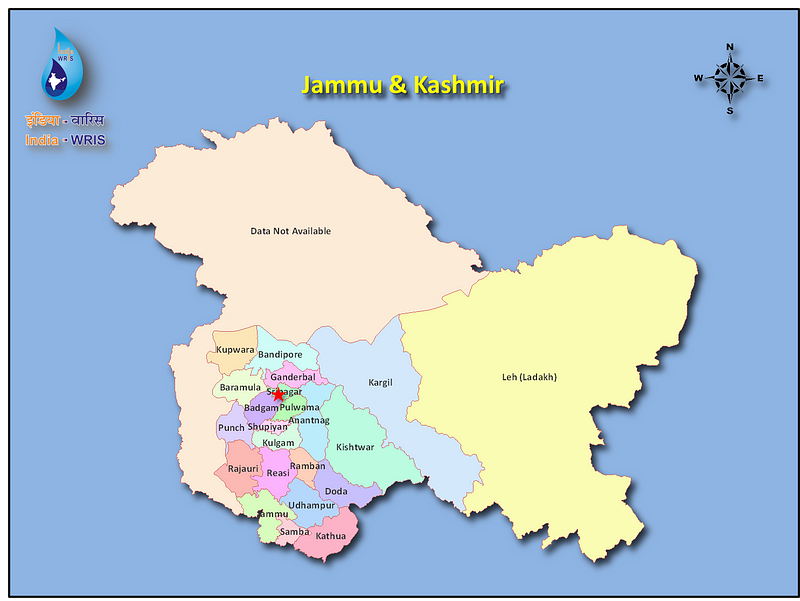By ROBERT D. KAPLAN
Never before in history did Western civilization reach such a point of geopolitical concision and raw power as during the Cold War and its immediate aftermath. For well over half a century, the North Atlantic Treaty Organization (NATO) condensed a millennia-long tradition of political and moral values – the West, in shorthand – into a robust military alliance. NATO was a cultural phenomenon before it was anything. Its spiritual roots reach back to the philosophical and administrative legacies of Greece and Rome, to the emergence of Christendom in the early Middle Ages, and to the Enlightenment in the 17th and 18th centuries – from which the ideas of the American Revolution emerged. Of course, key nations of the West fought as an alliance in the First and Second World Wars, and those emergency contingencies constituted forerunners to NATO’s more secure and elaborate structures. Such structures, in turn, were buttressed by a continent-wide economic system, culminating in the European Union (EU). The EU gave both political support and quotidian substance to the values inherent in NATO – those values being, generally, the rule of law over arbitrary fiat, legal states over ethnic nations, and the protection of the individual no matter his race or religion. Democracy, after all, is less about elections than about impartial institutions. The end of the Long European War, 1914–1989, saw those values reign triumphant, as communism was finally defeated and NATO and the EU extended their systems throughout Central and Eastern Europe, from the Baltic Sea in the north to the Black Sea in the south. And it categorically was a long European war, as wartime deprivations, political and economic, existed in Soviet satellite states until 1989, when the West triumphed over Europe’s second totalitarian system, just as it did over the first in 1945.

















